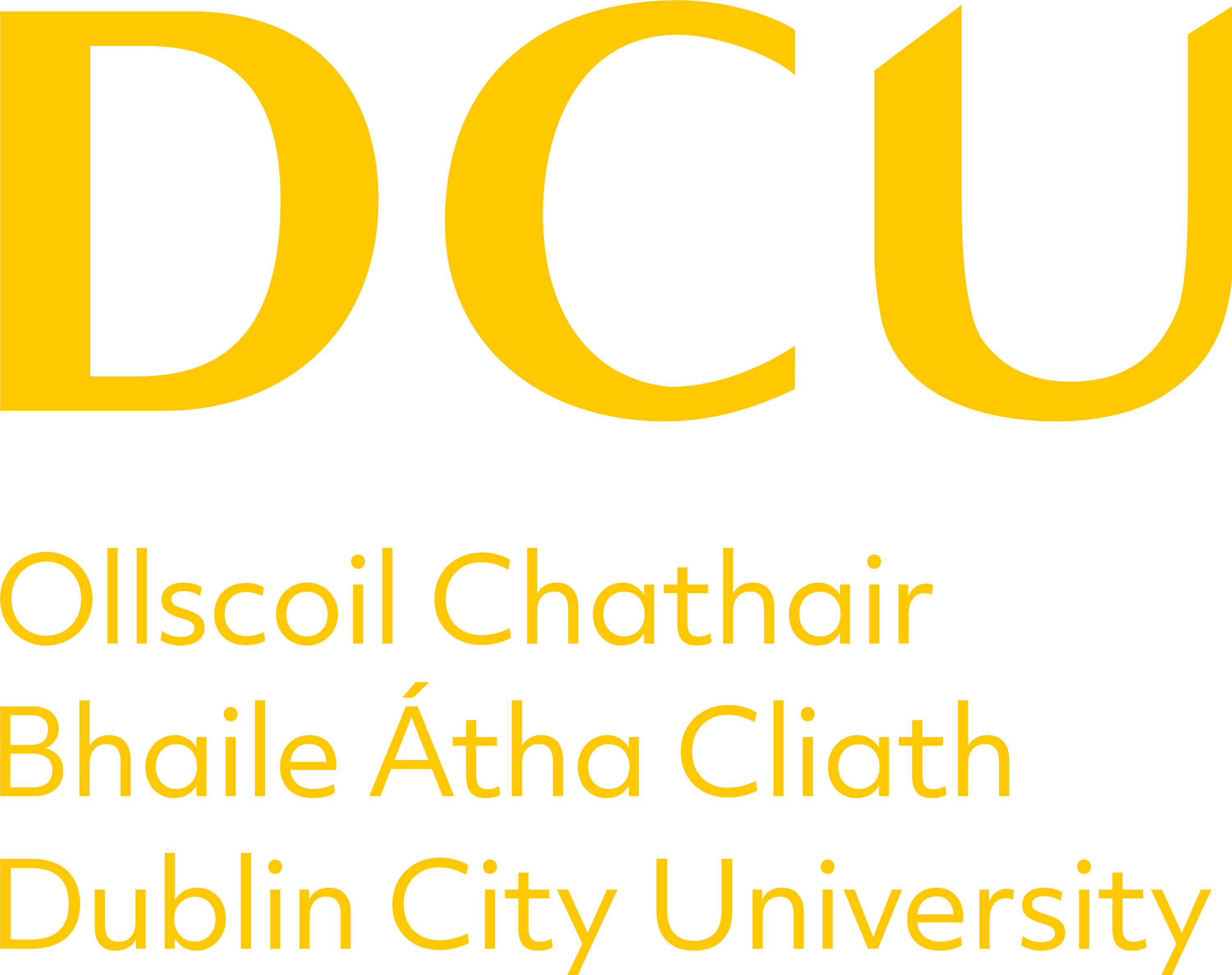Registry
Module Specifications
Archived Version 2022 - 2023
| |||||||||||||||||||||||||||||||||||||
|
Description To provide the students with clinical experience and the ability to engage with clinicians successfully to solve design problems. To expose students to real world problems associated with the use of a range of current surgical devices. To provide students with the necessary skills to solve design problems in relation to specific surgical devices in conjunction with clinicians. To familiarise students with the means by which the intellectual property in novel devices can be protected and the options available to bring such ideas to market. To develop the necessary skills to communicate effectively with medical practitioners. To engender in the students an awareness of the constraints within the environment of medical practitioners and the ethical implications of their work. | |||||||||||||||||||||||||||||||||||||
|
Learning Outcomes 1. Carry out a Determination of Needs and clearly present a Needs Statement and Design Requirements for a particular Device. 2. Carry out a complete literature and patent search. 3. Describe possible routes to market for novel medical devices and the regulatory framework governing such devices. 4. Carry out a detailed design synthesis of a surgical device with subsequent analysis using experimental, numerical and/or analytical techniques. 5. Understand and discuss the need for ethical standards and practice in the design and use of surgical devices 6. Write and present a well organised project report | |||||||||||||||||||||||||||||||||||||
All module information is indicative and subject to change. For further information,students are advised to refer to the University's Marks and Standards and Programme Specific Regulations at: http://www.dcu.ie/registry/examinations/index.shtml |
|||||||||||||||||||||||||||||||||||||
|
Indicative Content and
Learning Activities ContentWhilst the Stanford Biodesign Course comprises two successive modules, the focus of this MM500 module is in the early stage of the innovation process, namely needs finding through to concept creation with some additional focus on concept selection. In particular, the module will also explore how engineering technologies may be used to explore the feasibility of each concept proposed whereby technical workpackages will be proposed which will enable the best concept to be identified with a view to commercialisation in the longer-term. The module is completely continuously assessed. Each student is assigned a surgical device from one of these medical disciplines to determine improvements that can be made to the device. Each student completes a written report and presentation outlining the detailed design synthesis of the specific surgical instrument/device. | |||||||||||||||||||||||||||||||||||||
| |||||||||||||||||||||||||||||||||||||
Indicative Reading List
| |||||||||||||||||||||||||||||||||||||
|
Other Resources None | |||||||||||||||||||||||||||||||||||||
| Programme or List of Programmes | |||||||||||||||||||||||||||||||||||||
| Archives: |
| ||||||||||||||||||||||||||||||||||||
